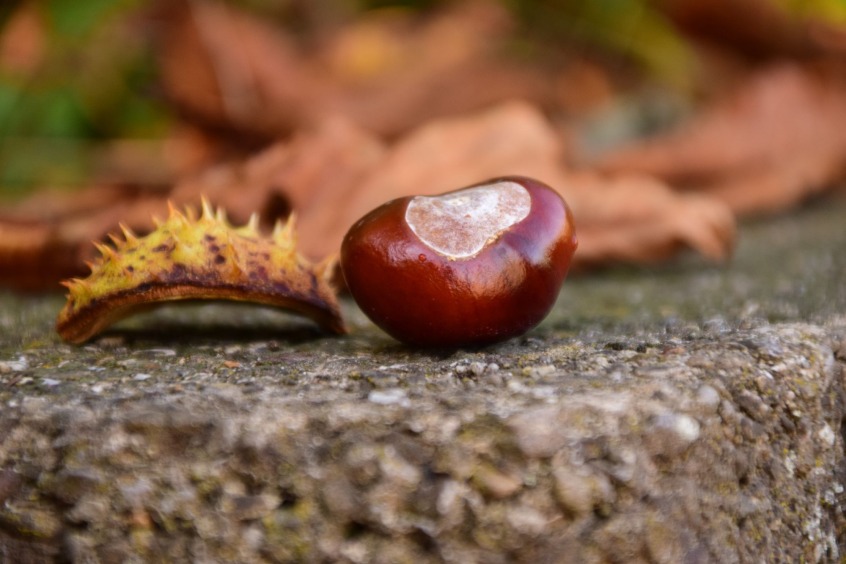The Ohio buckeye is really a chestnut, the only chestnut to stand our winters.
A chestnut tree really, the only one to make a stand in our harsh environment, the Ohio buckeye, Aesculus glabra, is a tree unlike any other. It has large palmate leaves; spread your fingers out, that's what a palmate leaf is like, usually with five leaflets off the main leaf stem, the petiole.
I once found the buckeye's mighty cousin, the horse chestnut, growing in Roxborough in Calgary. The tree is now gone, but deep in inner city shelter the tree seemed to be doing OK.
The buckeye has very showy yellow flowers on erect spikes near the branch tips. The fruit is a chestnut, or a conker, a tough spikey hide covering the seeds inside. Once peeled, the seeds, large brown and shiny, look like a buckeye, the beautiful shiny brown eye of a deer.
Like many introduced trees, the buckeye has very few problems with native pathogens or pests. During a very wet year, I once identified Guignardia blotch of horse chestnut and buckeye, a fungus that preys on the leaves of the buckeye. Not life threatening, it starts as discolored spots on leaves and then turns them brown.









